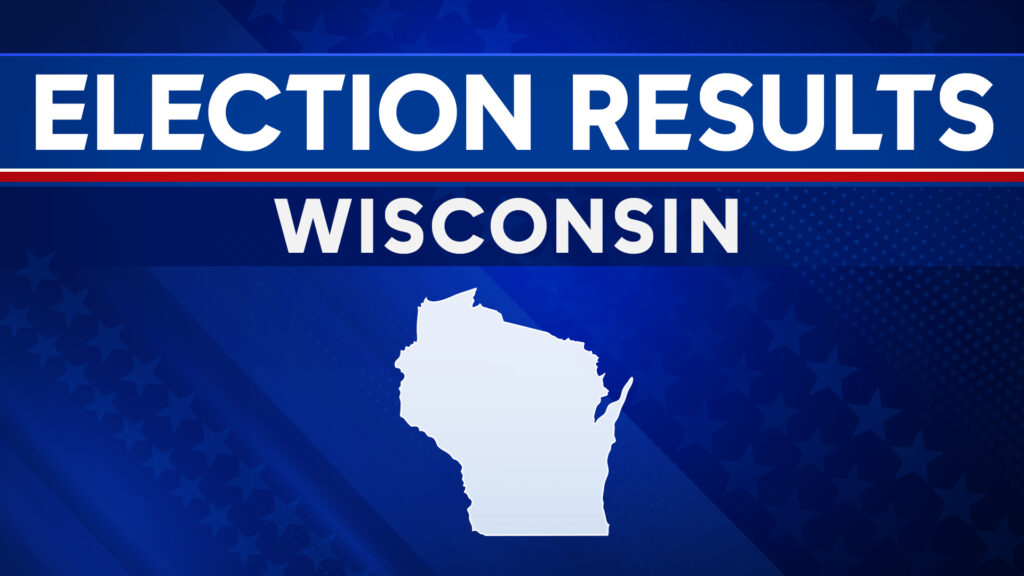Introduction
The Wisconsin election results have always interested residents and political analysts across the United States. Known for its pivotal role in shaping the political landscape, Wisconsin’s election outcomes often serve as a barometer for national political trends. In this comprehensive analysis, we delve into Wisconsin’s most recent election results, examining the key factors that influenced voter decisions and the implications these results hold for future political dynamics.
The Political Landscape of Wisconsin
Historical Context
Understanding the importance of Wisconsin’s election results requires a glimpse into its historical political leaning. Traditionally, Wisconsin has been a battleground state, with its electorate swinging between Democratic and Republican candidates in presidential elections. This trend underscores the state’s diverse political inclinations, shaped by its mix of urban and rural areas.

Recent Trends
In recent years, Wisconsin has witnessed a series of tightly contested elections, reflecting a deeply divided political environment. These trends set the stage for the latest election, where every vote carried significant weight in determining the outcome.
Analyzing the 2024 Wisconsin Election Results
Overall Outcomes
The 2024 Wisconsin election results showcased a fascinating blend of continuity and change. [Here, you would insert specific details about the election results, such as which party won, any notable shifts in voter behavior, key issues influencing the electorate, etc.
Factors Influencing Voter Decisions
Several factors played critical roles in shaping the election results. [Discuss specific issues like the economy, healthcare, and education and how they impacted voter decisions in Wisconsin.
Regional Variations in Voting Patterns
Urban vs. Rural Divide
A striking feature of the Wisconsin election results is the urban-rural divide. [Examine how voting patterns differed between urban centers like Milwaukee and rural areas and what these patterns suggest about the political and social divides in the state.]
Key Counties and Their Impact
Certain counties in Wisconsin often act as bellwethers for the state’s political direction. [Analyze the voting patterns in these counties and their influence on the overall election results.]
Implications for Future Elections
The outcomes of the Wisconsin elections have significant implications for state and national politics. [Discuss how these results might influence future political strategies, candidate selections, and policy focuses.
The Role of Voter Turnout in Election Outcomes
Voter turnout is always a critical factor in determining election results, and Wisconsin was no exception. The 2024 elections saw varied turnout rates across different demographics and regions, influencing the final tallies significantly. Analyzing these turnout rates provides insights into the engagement and priorities of Wisconsin’s electorate.

Impact of Third-Party Candidates
In the recent Wisconsin elections, third-party candidates played an exciting role. While they did not win any significant seats, their presence impacted the vote shares of the two major parties. This dynamic illustrates the nuanced preferences of Wisconsin voters and the growing appeal of alternative political voices.
Shifts in Party Loyalty and Voter Demographics
Changing demographics and shifting loyalties have reshaped Wisconsin’s political landscape. The 2024 election saw notable shifts in party allegiance among various demographic groups, including young voters, suburban residents, and minority communities. These shifts are indicative of broader societal changes and evolving political ideologies.
The Influence of Local Issues on Statewide Elections
Local issues, often overshadowed by national narratives, significantly impacted the Wisconsin election results. From concerns about education and local economies to environmental policies affecting the Great Lakes, these localized issues resonated with voters and influenced their choices at the polls.
Analysis of Campaign Strategies
The campaign strategies employed by candidates in Wisconsin were as diverse as the electorate itself. Different approaches were used to sway voters from grassroots mobilization to digital campaigning. This section dissects these strategies and evaluates their effectiveness in Wisconsin’s unique political environment.
Role of Media Coverage and Public Opinion
Media coverage and its influence on public opinion cannot be overlooked in any election analysis. In Wisconsin, the media played a pivotal role in shaping the narratives around critical issues and candidates, influencing voter perceptions and decisions. This part examines the interplay between media, public opinion, and election outcomes.

Looking Ahead: Predictions for Future Elections in Wisconsin
Finally, it’s crucial to consider how the 2024 election results set the stage for future political battles in Wisconsin. This section explores potential trends and scenarios for upcoming elections, considering the evolving political climate and the lessons learned from the 2024 outcomes.
Conclusion
The Wisconsin election results from 2024 provide a critical insight into the state’s and nation’s evolving political landscape. As we have seen, many factors contribute to shaping voter preferences, reflecting American politics’ complex and dynamic nature. Understanding these results is critical to anticipating future trends and preparing for the next electoral cycle.


